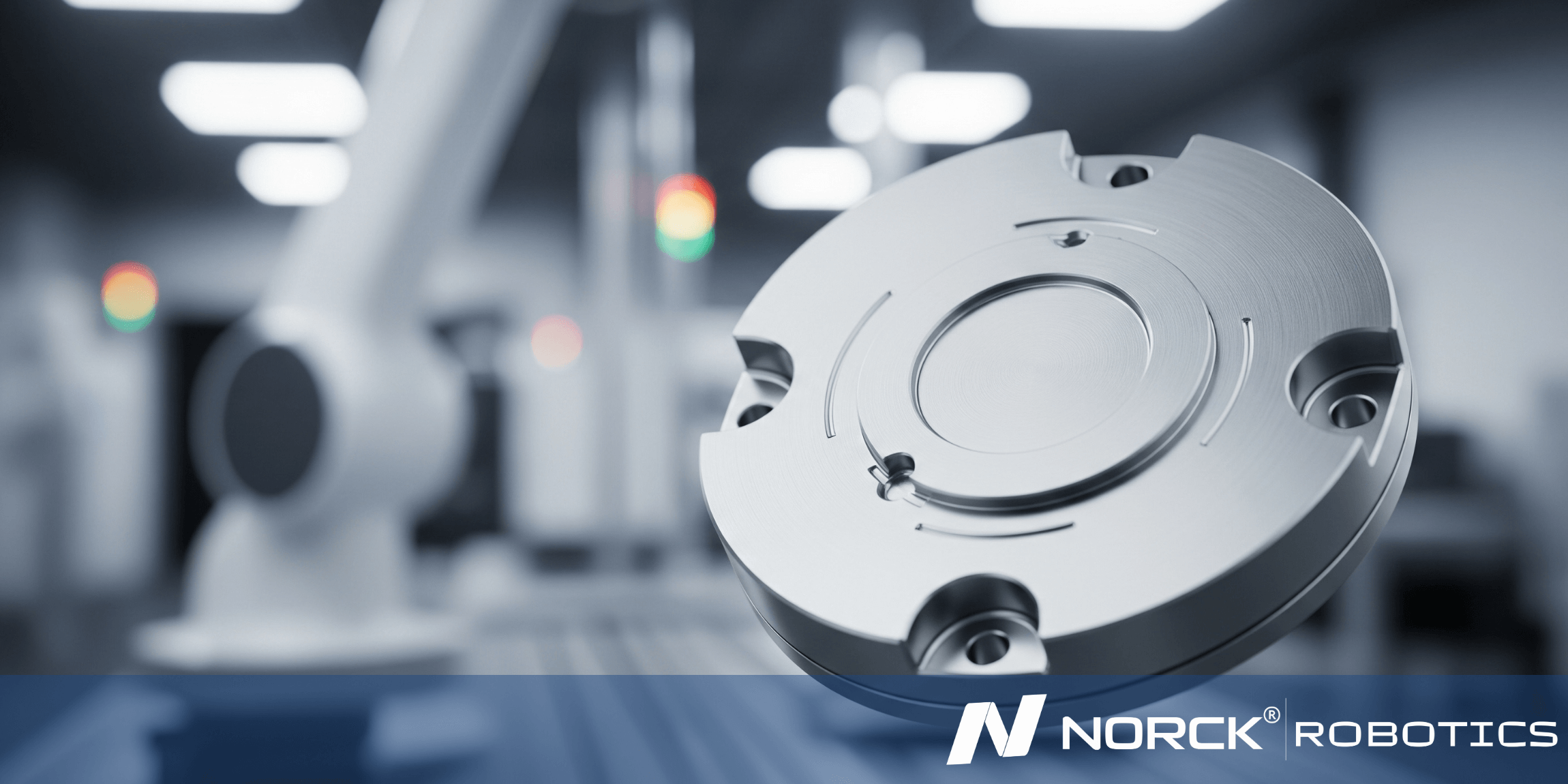

Ready to automate your future? Get a quote from Norck Robotics now!
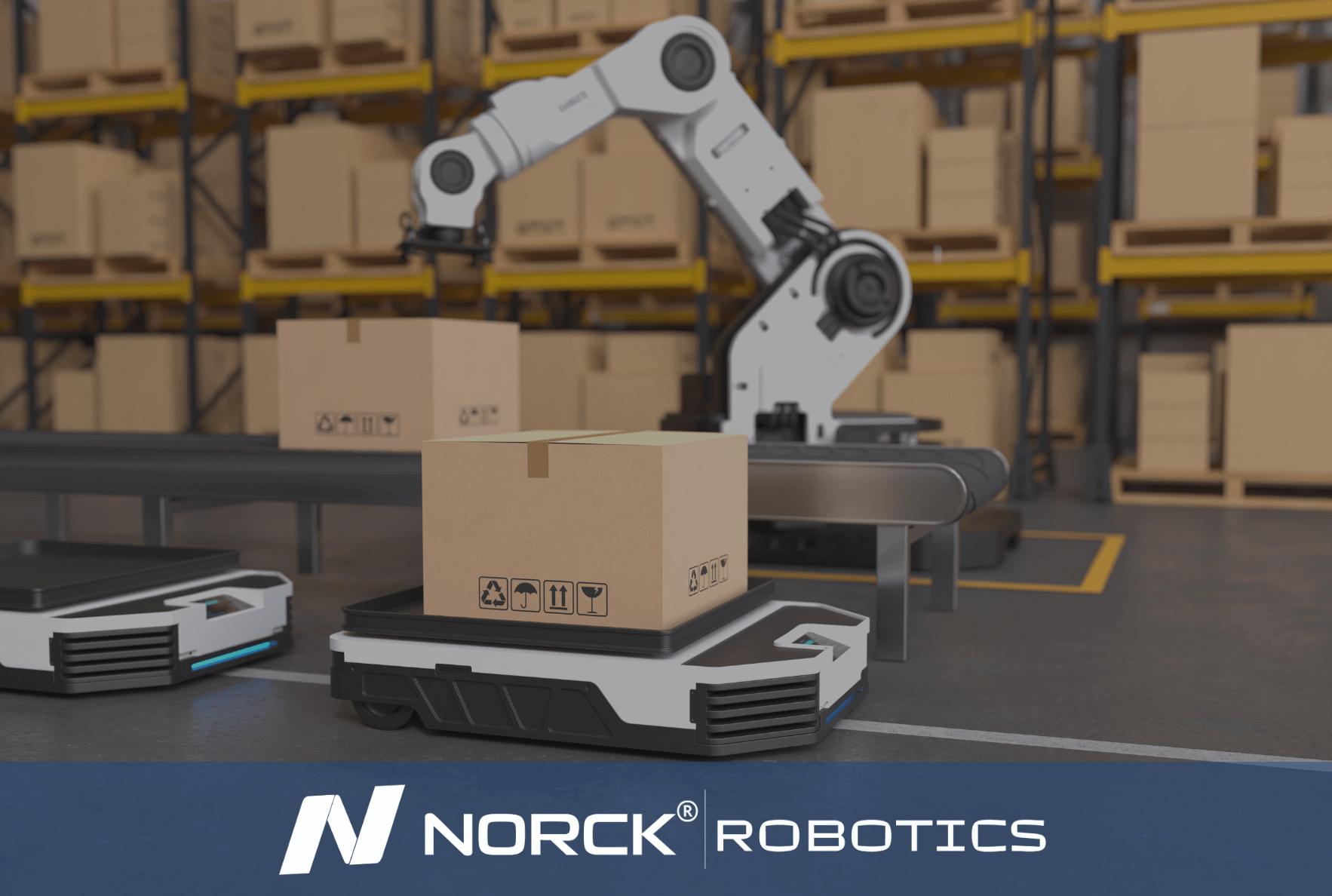
Norck Robotics specializes in providing unique robotic automation and engineering solutions designed to meet the specific operational needs of each client. Our expertise covers a wide range of industries and applications.
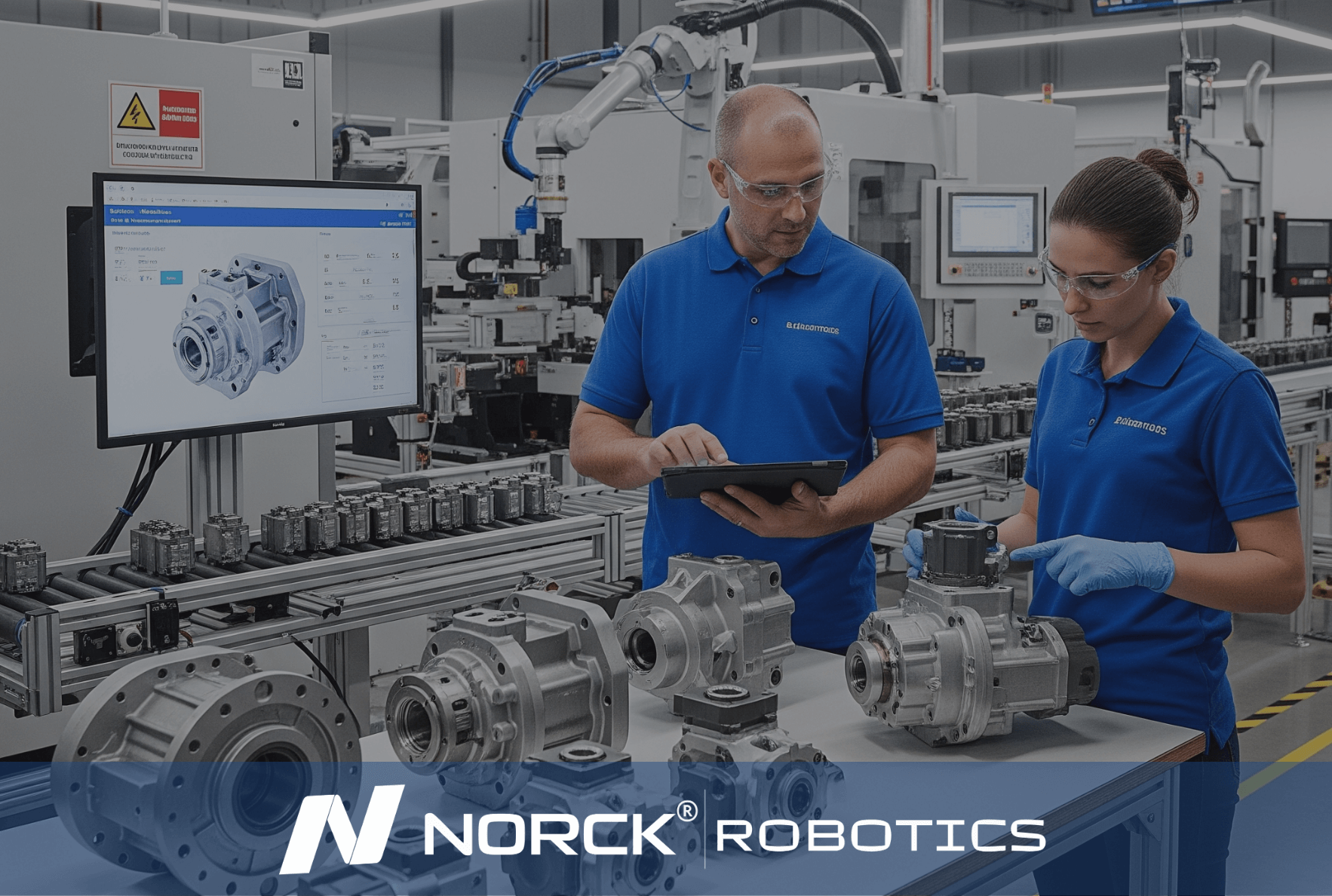
Norck Robotics delivers turnkey robotic automation and engineering solutions tailored to your specific needs across various industries.

Whether you need a single robotic cell prototype or full-scale factory automation, Norck Robotics engineers are ready to collaborate with you to bring your concept to life.
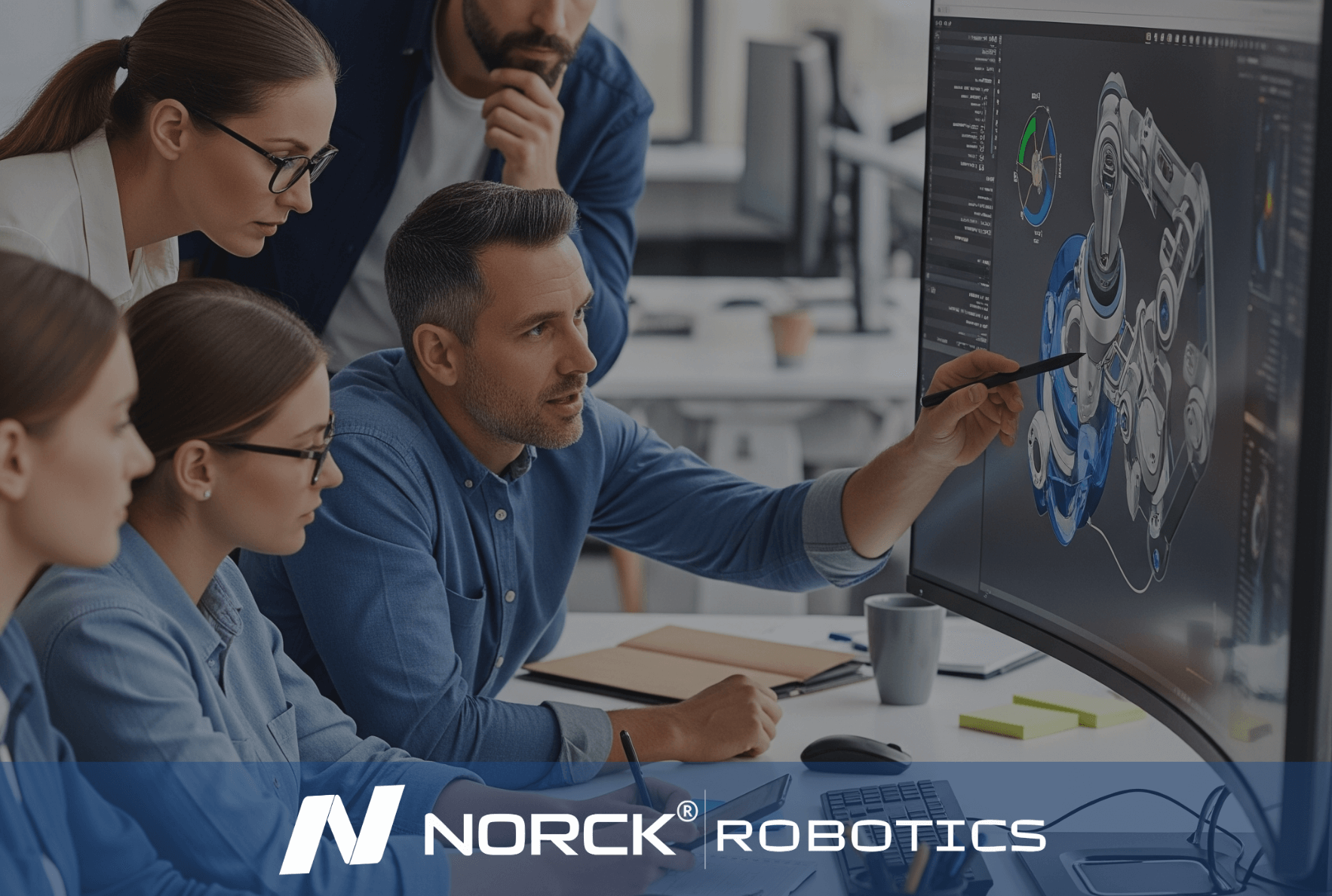
Norck Robotics engineers analyze your existing processes to provide feedback that enhances efficiency, cost-effectiveness, and productivity for robotic integration.
Dedicated force/torque sensors for international applications are very critical and are utilized to give a workforce force and torque measurement in real-time. Such kinds of sensors enable various machines like robotic arms, CNC machines, and automated assembly ends to monitor precisely and control the torque being applied at any given moment.
By incorporating Force/Torque Sensors, a torque-controlled system is able to:
Avoid over-tightening or under-tightening and maintain precision and safety.
Become highly responsive in dynamic environments by adjusting torque according to feedback in real time.
Assist manufacturing processes with consistent force application, thereby improving quality.
Enable sensitive operations involving medicine or electronics where an excess of force can cause damage.
That is to say that Force/Torque Sensors are essential to maintain control, accuracy, and efficiency in any modern torque applications.

In addition to its own expert engineering team, Norck Robotics provides access to a network of hundreds of top-tier system integrators, robot manufacturers, and component suppliers across the United States, Germany, and Europe.

Working with Norck Robotics reduces dependency on manual labor, increases production consistency, and secures your operations against unforeseen disruptions, quality issues, and fluctuations. This enhances your company's supply chain resilience.
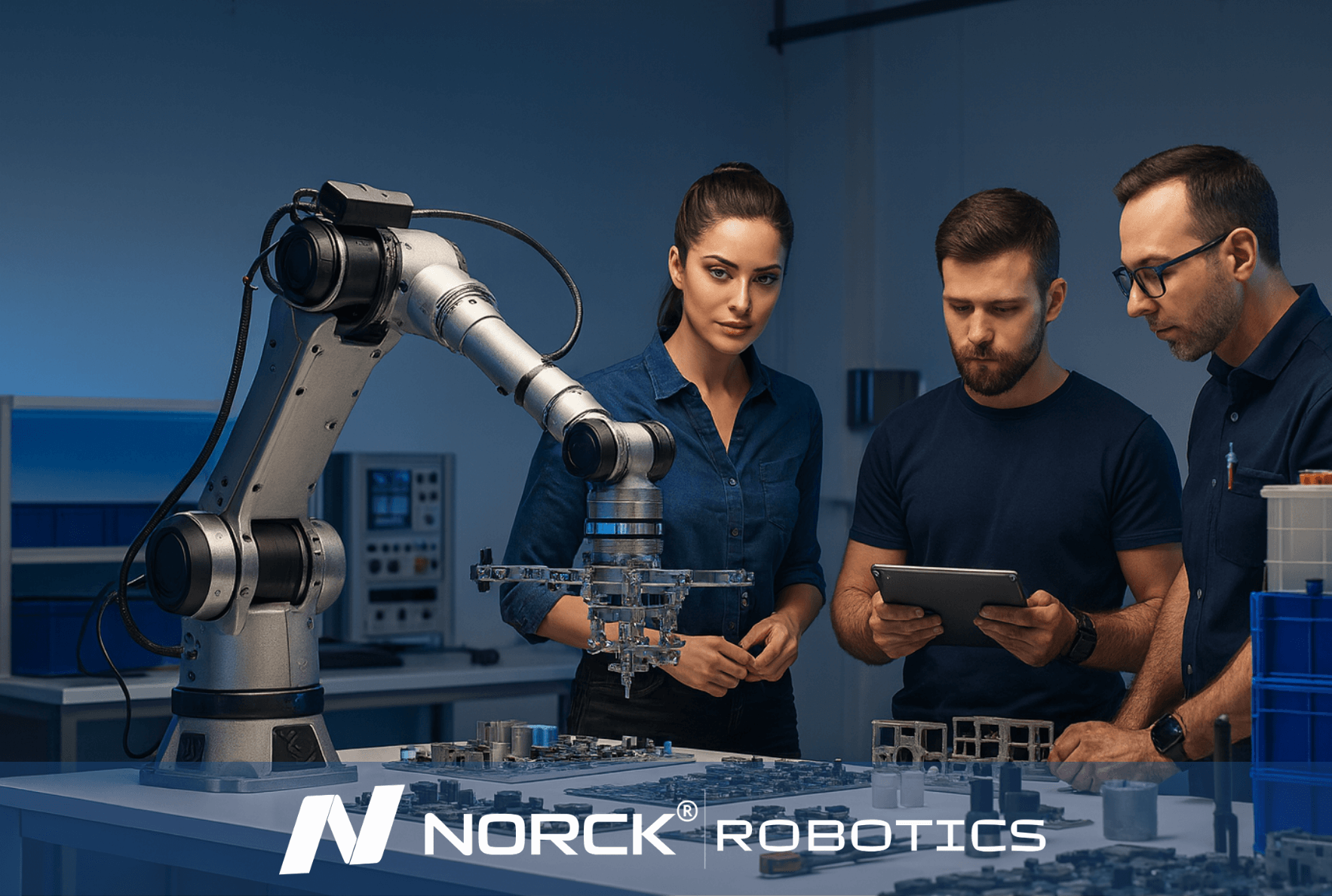
Norck Robotics advances digital automation by developing custom-designed robot grippers, advanced vision systems, and innovative simulation software. With an AI-driven, data-centric approach, it enables smarter system design, optimal performance, and predictive maintenance solutions.
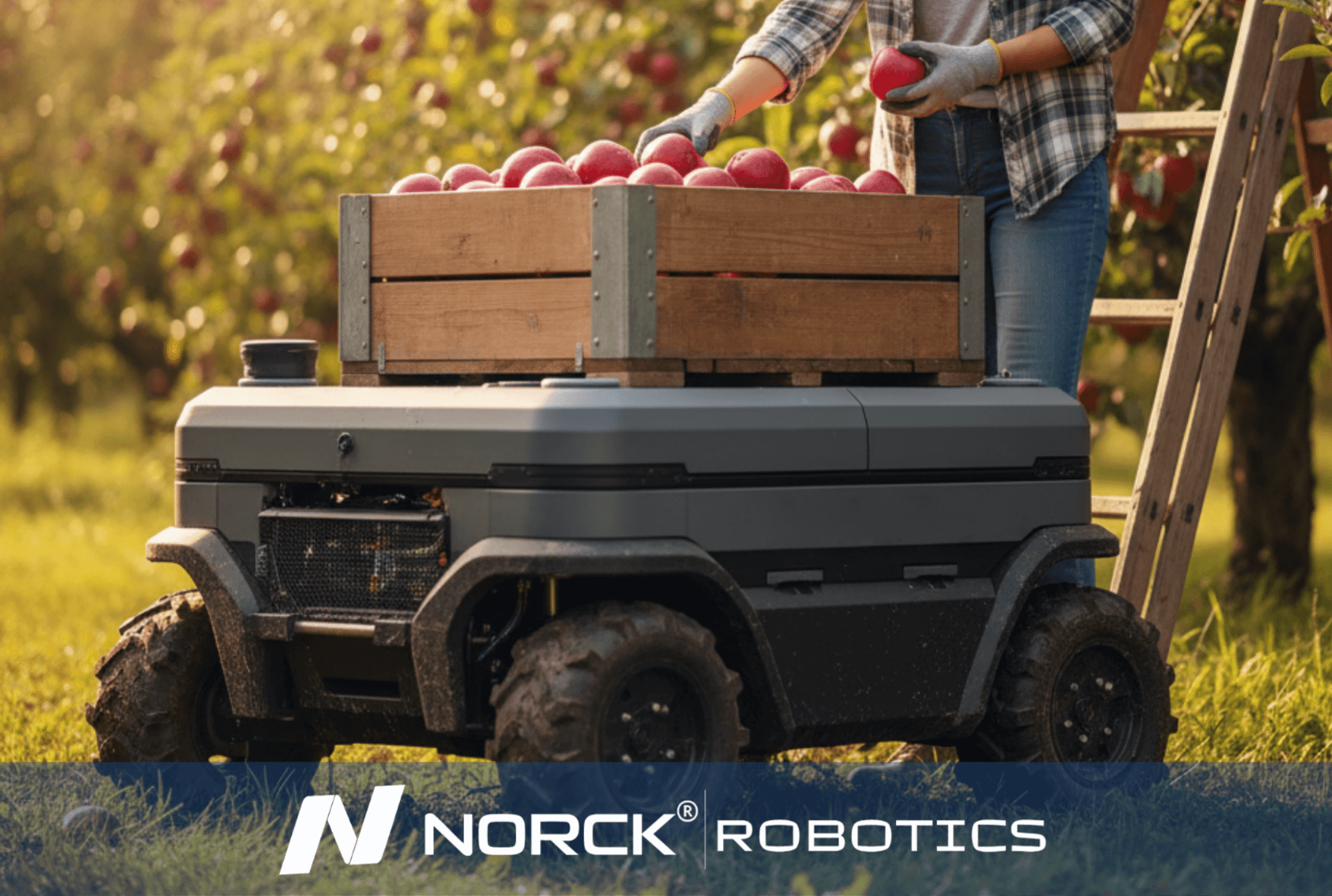
Norck Robotics encourages its partners to be carbon-neutral by reducing energy consumption and material waste through the efficiency of robotic automation, and prioritizes environmentally conscious suppliers.
The direct force measurement with Force/Torque Sensors greatly improves the torque-control precision by delivering online and highly precise data about the actual forces and torques being applied in the system. Unlike in estimation-based systems that count on motor current or some other indirect variables, direct measurements allow for immediate changes on the very occasions when the forces and torques are physically interacting with the outside world.
With Force/Torque Sensors, systems can:
Respond instantly to changes in the force being applied, thus avoiding errors.
Maintain torque levels consistently, even if the load or contact condition changes.
Avoid inflicting damage upon the tool, the part, or the materials that require special consideration because of the force being applied.
Ensure repeatability in highly precise tasks such as assembly, machining, or robotic manipulation.
It is this reason that direct force measurement with Force/Torque Sensors eliminates guesswork, enabling the torque-controlled systems to perform with much higher degrees of precision, reliability, and safety, especially where stakes are high and there is some complexity involved.